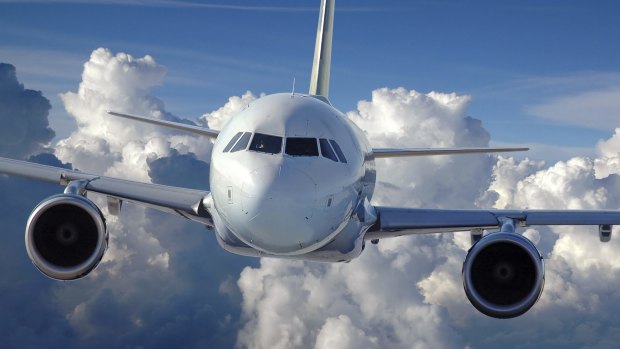
The stratosphere allows aircraft to operate in more stable weather.
Cruising altitude for most commercial jet aircraft is between 10,600 and 12,800 metres, although that higher altitude is not common.
This is the sweet spot in terms of factors such as lift, drag, fuel burn, cabin pressurisation and time taken to reach cruising altitude.
Another factor is weather.
The troposphere, which extends from the surface of the Earth to about 10,000 metres, is where most of our planet's weather happens.
Flying above the troposphere in the stratosphere allows aircraft to operate in more stable weather and offer a smoother flight.
Although drag lessens with altitude, allowing aircraft to fly faster and consume less fuel, other factors kick in that require design modifications, rendering them less cost effective to operate.
One example is the Anglo-French Concorde, which flew at much higher altitudes, between 15,000-18,000 metres, since the designers were prepared to trade off the minuses – less lift, more pressure differential and greater metal fatigue for each pressurisation cycle – in exchange for less drag.
This allowed Concorde to cruise at the phenomenal speed of more than 2000km/h and cover the 5585 kilometres between New York and London in 3½ hours.
At lower altitudes, Concorde could not maintain its high speed due to drag, and also skin heating from air friction and excessive fuel consumption.
Sign up for the Traveller newsletter
The latest travel news, tips and inspiration delivered to your inbox. Sign up now.